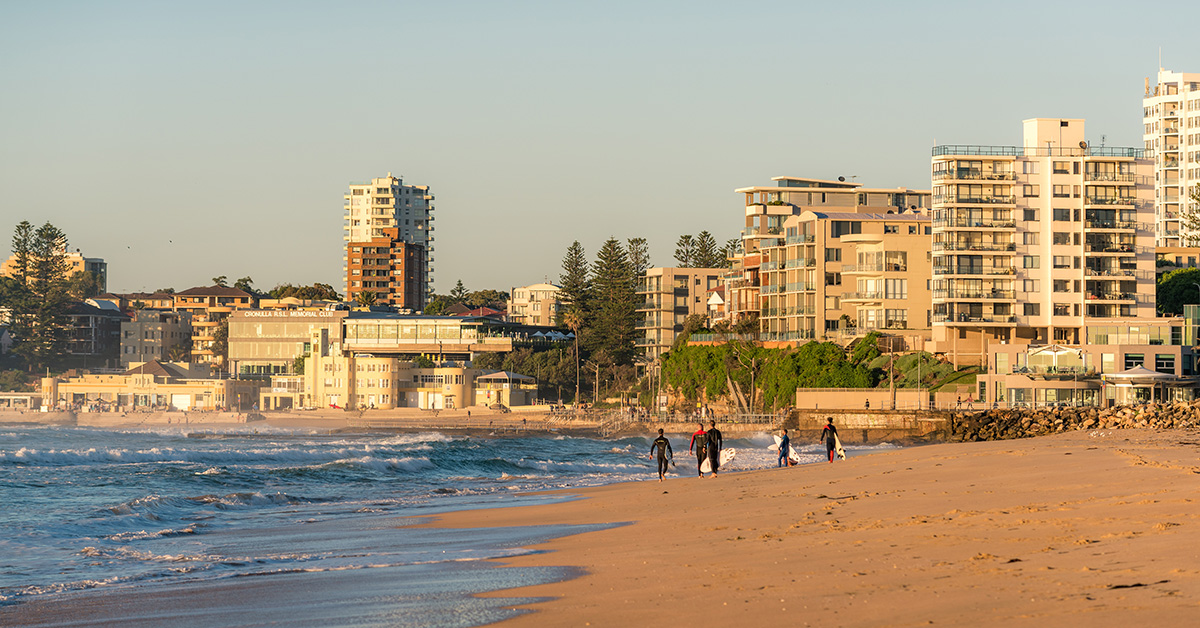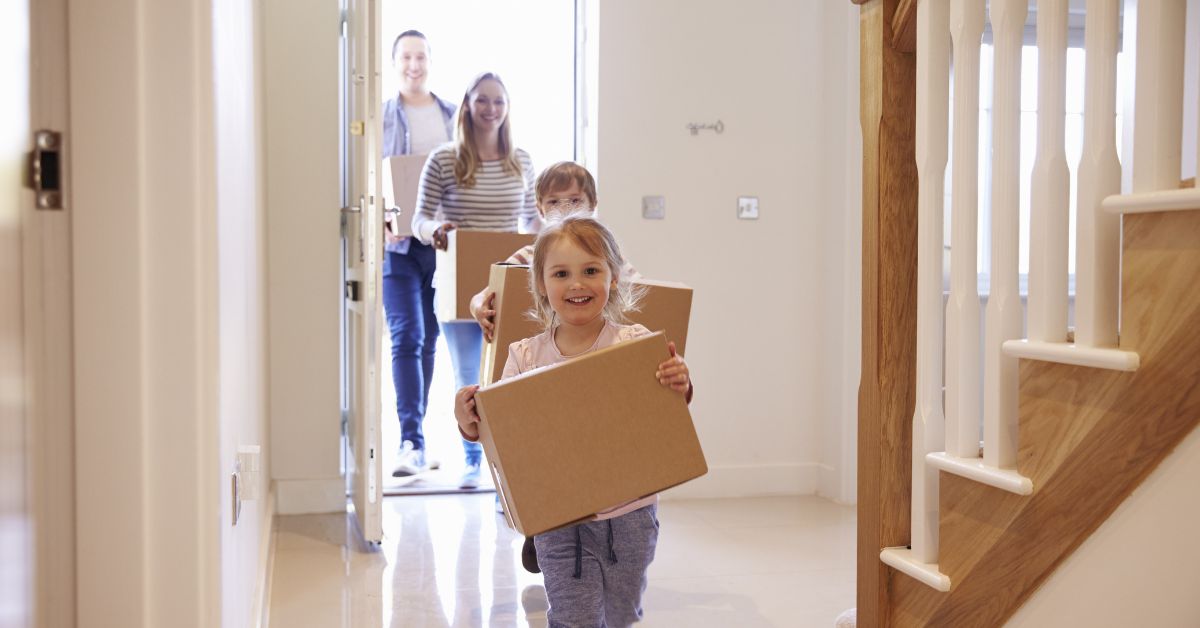How to Find a Neighbourhood to Call Home

When looking at buying or renting a new place, there is no denying the importance of finding somewhere that matches your criteria and where you feel at home. But finding the right neighbourhood for you, where you will feel surrounded by the right community, is also crucial for a successful move.
Indeed, location is everything, and it should always match your lifestyle. If you decide to renovate a house, you won’t ever change its location or your neighbours. And depending on your situation, the right neighbourhood can take several forms.
So, how can you make sure that your future home is located in an area that suits you? In this guide, we listed the most common criteria to ponder to help you find your perfect match.
What makes a great neighbourhood
There are a few key elements to take into consideration when trying to identify a great neighbourhood. Depending on your circumstances, these can vary. Still, looking at the criteria below should give you enough insights to know if the area you are eyeing might be the right fit for you (or not).
Look at the walkability of the neighbourhood
On a scale from 0 to 100, a Walk Score estimates the walkability of any address. The index is based on walking routes to amenities such as grocery stores, restaurants, public transport, schools, parks, restaurants, and retail. It also takes into account pedestrian friendliness by analysing population density and road metrics.
A walker's paradise, where daily errands do not require a car, would score between 90 and 100. On the contrary, a score of 49 or less indicates a car-dependent neighbourhood, where most or all errands require a car.
Research shows that walkable communities are not only healthier and more economical, but they are also more diverse, resilient, sustainable, friendlier, and greener. These in-demand neighbourhoods draw people from all income brackets who appear to be happier. Moreover, a 2016 study in the US found that one Walk Score point can increase the price of a home by an average of 0.9% (Source: Redfin).
Public transportation and roads
Just like the Walk Score, the Transit Score can give you a good indication of the quality of transportation in the area. It calculates the distance to the closest stop on each route and analyses route frequency and type. The same way, the Bike Score measures bike accessibility based on bike infrastructure, topography, destinations and road connectivity.
With the rise of work from home arrangements, commute times might have become irrelevant for some people. But for the others, it probably remains one of the most important criteria to consider. No matter your situation, make sure that public transportation and traffic are good enough for you to accomplish all your daily tasks without trouble.
Schools and child-friendliness
If you have children or planning to have some in the future, the quality and choice of schools should be top of the list when looking for the perfect neighbourhood. Keep in mind that this is also something that will directly influence the price of your future home. Generally, the better the reputation of the nearby schools, the more expensive it becomes to buy in the neighbourhood.
However, a child-friendly environment is about more than just providing good schools. Look at the parks and playgrounds on offer in the neighbourhood, and remember that children also need to be able to get around independently. Will it be easy and safe for them to walk to school or simply visit a friend? Make sure of it.
Make safety a priority
How a neighbourhood looks might give you an indication of how safe it is. But you should also look at potential safety measures and programs in place in the area, such as Neighbourhood Watch. Simply asking the local police station is an easy and effective way to know more about the neighbourhood.
Another safety element to look at can be footpaths and traffic signs. Are there walkways everywhere and stops signs or traffic lights where necessary, so your kids can be safe when walking around? And is the neighbourhood well-lit, so you will feel comfortable when going for a run once it is dark? Depending on your situation, these are also questions you might want answered.
A neighbourhood in sync with your lifestyle
It is common sense that you should always pay great attention to the environment when looking for a new place. In other words, the neighbourhood must suit your lifestyle for you to feel at home.
Do you enjoy spending time outdoors and playing sports? Do you want to be able to walk or jog in nature near your home? If this is the case, see if the neighbourhood has lots of trees, parks or trails for you to walk, run or cycle. Or easy access to a beach if you enjoy starting your day with a dip in the ocean.
What about local shops and services? If you shop once a week and drive to the supermarket, it might not be a crucial criteria. However, if you prefer to buy your food fresh from small, local shops, and maybe have a chat with the shopkeepers, then you will want plenty of them around. And suppose you are a family with children or a senior. In that case, you might also need easy access to a medical centre and chemist, so check if there are any close by.
Also, think about your social life. Do you enjoy going out for breakfast or dinner or grabbing a drink after work? Then check that there are plenty of cafes and restaurants nearby. A cinema or a show venue might also be appealing to you. However, if you are an early bird who doesn't appreciate being woken up at night, make sure to avoid proximity to bars and nightclubs.
And of course, if you prefer a calm, quiet lifestyle and are happy to stay at home, then a residential neighbourhood might suit you much better.
Tips for finding your perfect neighbourhood
Start by doing some online research. There is a lot that you can find from the comfort of your own home just by using your smartphone or computer. This is a good and easy way to start shortlisting the neighbourhoods you might be interested in.
Check your budget to make sure that you can afford what you wish for, then think about its financial potential. Whether you are looking to buy a forever home or not, such a purchase should be considered as an investment. To get a snapshot of the local property market, talk to a real estate agent. Don't forget to discuss any future development, as this could impact not only your lifestyle but also the value of your home. In other words, it could potentially make you pick one neighbourhood over another.
Once you have your shortlist and know what you can hope to purchase, make a move. Walk around to discover the ins-and-outs of each of your potential new neighbourhoods. If you can, try to visit them on a few occasions and at different times of the day or the week. This will give you a clear picture of what to expect.
Lastly, talk to the people who live and work there. There is nothing like it to get a real feel of the community. Also, taking some time to simply observe the locals can give you precious insights. Do they seem to embrace the same lifestyle? If the answer is yes, then this neighbourhood is probably right for you too.
DISCLAIMER - The information provided is for guidance and informational purposes only and does not replace independent business, legal and financial advice which we strongly recommend. Whilst the information is considered true and correct at the date of publication, changes in circumstances after the time of publication may impact the accuracy of the information provided. LJ Hooker will not accept responsibility or liability for any reliance on the blog information, including but not limited to, the accuracy, currency or completeness of any information or links.


